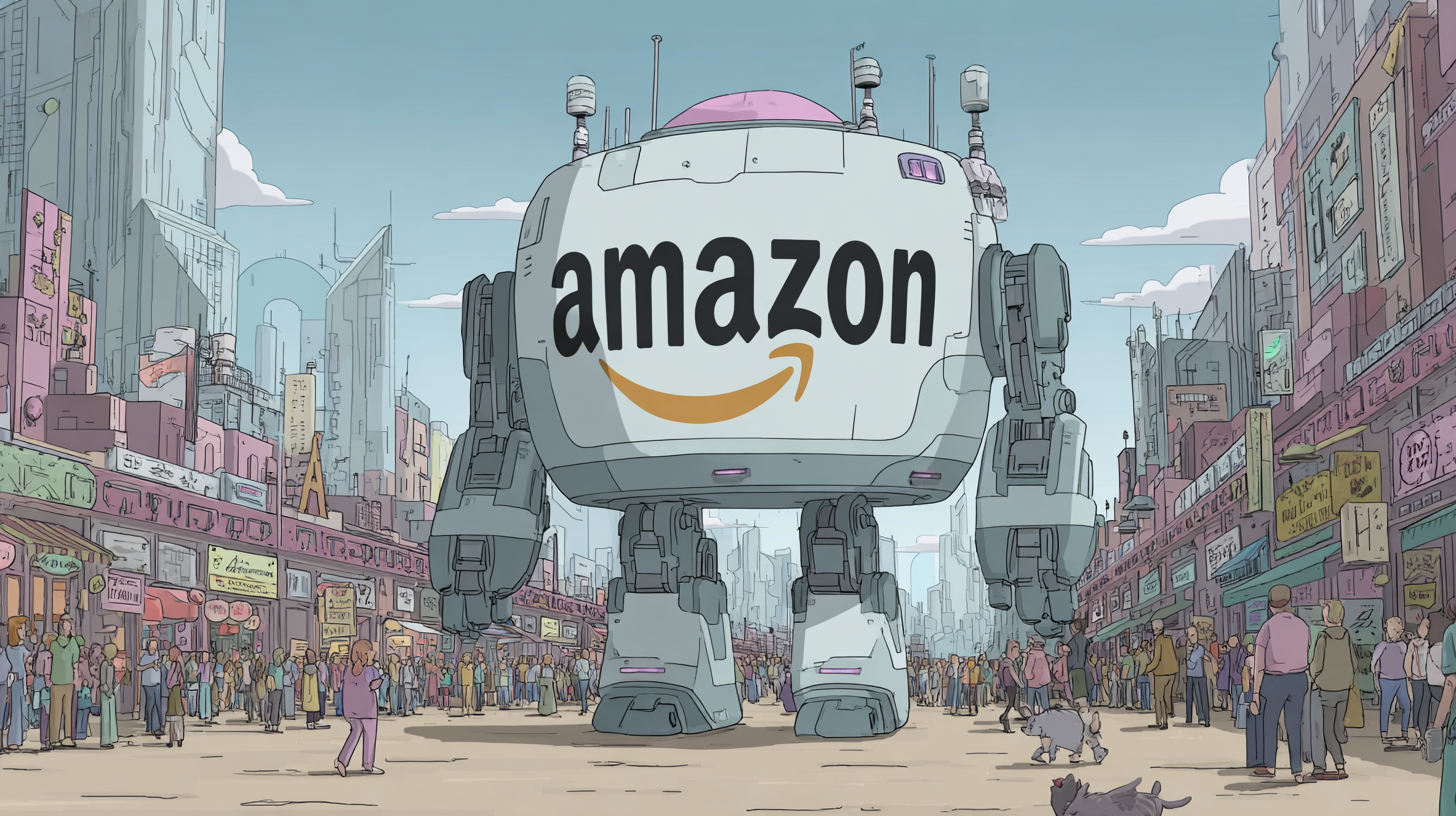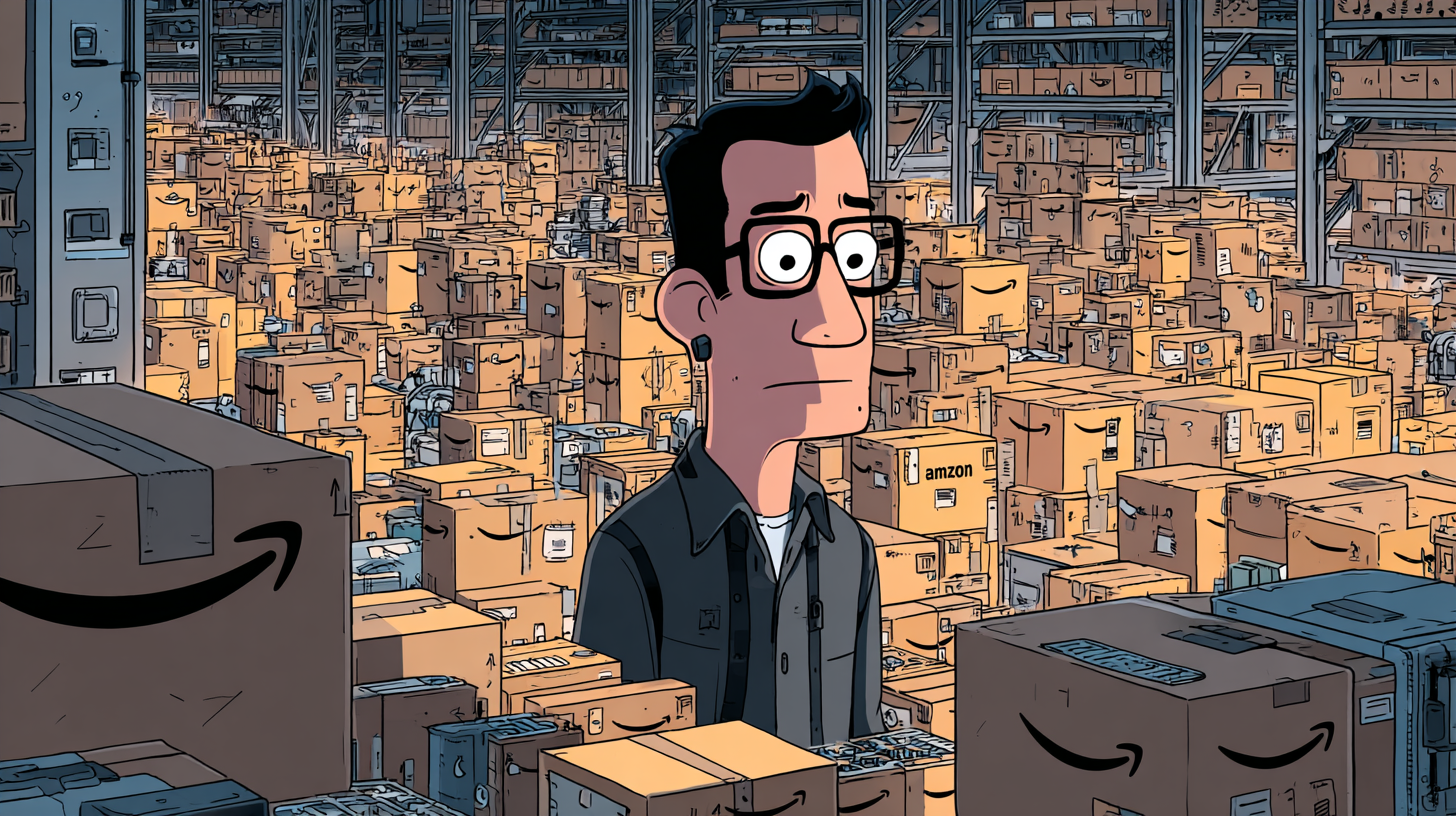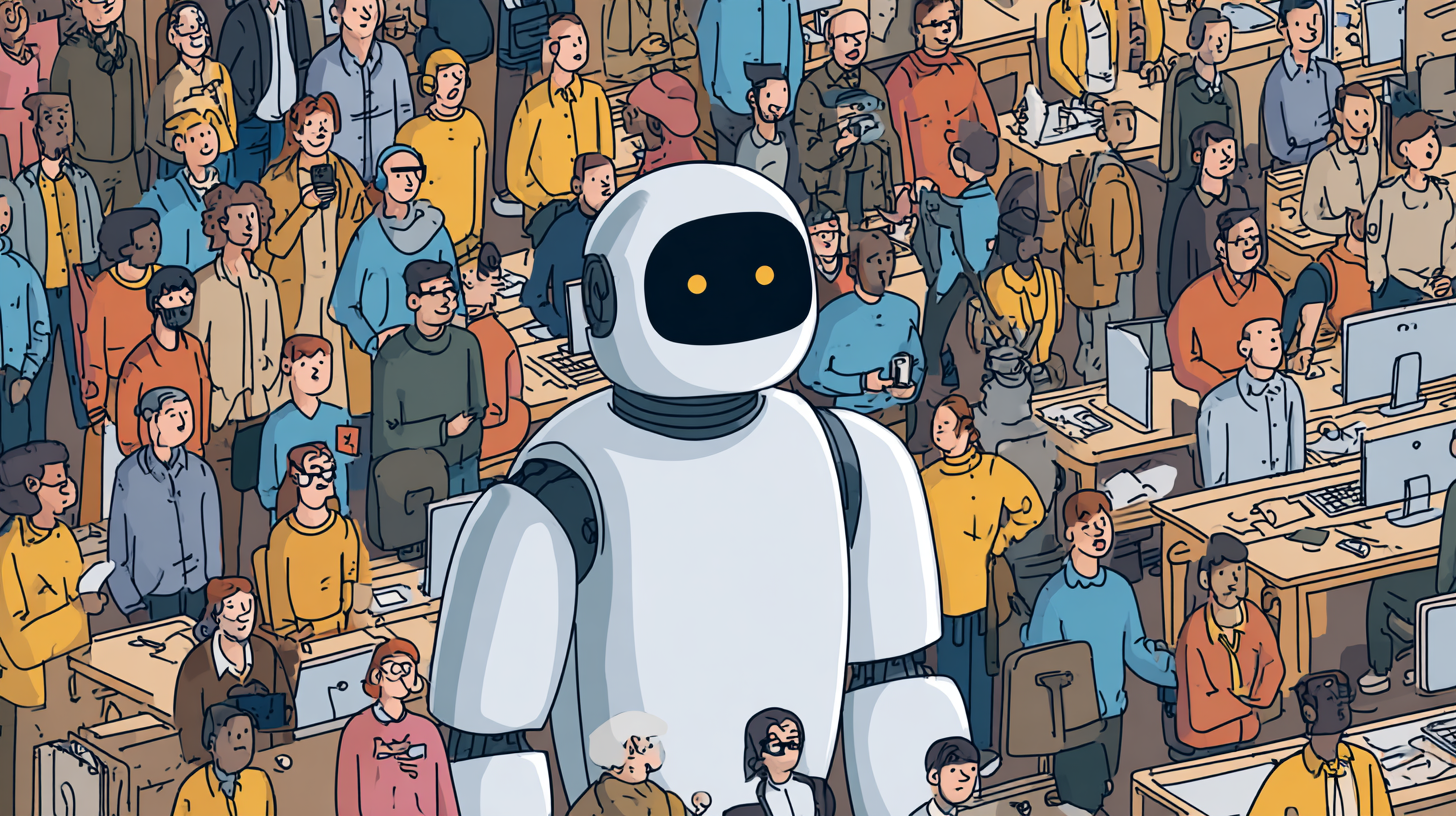I never imagined my road trips through Indiana’s farmland would one day be interrupted by the towering silhouettes of next-gen data centers. But here we are: 1,200 acres of rolling crops are transforming into Amazon’s vision of the future—a place where artificial minds might soon match human ones. The story unfolding here isn’t just about servers or robots; it’s about the radical reshaping of both landscape and community. Let’s take an honest, quirky tour through Amazon’s AI gamble and the big, messy questions it raises.
When Mega-Tech Meets Heartland: The Scope of Amazon’s AI Vision
Let me walk you through what’s happening in Indiana, because it’s honestly wild. Amazon is transforming 1,200 acres of what used to be productive farmland into something straight out of a sci-fi novel: a massive AI data center campus known as Project Rainier. This isn’t just about stacking servers in a warehouse. The whole point is to fuel Anthropic’s quest to build an AI model that’s as complex and nuanced as the human brain. If you’re picturing a few buildings, think bigger—Amazon’s plan is to construct up to 30 state-of-the-art data centers here, and they’ve already got seven up and running.
The numbers are staggering. We’re talking about an $11 billion investment—the largest private-sector project Indiana has ever seen. The campus is expected to create around 3,000 jobs, drawing workers and tech talent from all over. Four construction firms are working at breakneck speed, and local officials like Bill Schalliol are openly amazed. As Schalliol put it,
“The progress is astonishing, almost like there’s a race going on.”And honestly, there kind of is.
This isn’t just an Indiana story. Amazon’s AI infrastructure project is part of a much bigger arms race, with Meta and OpenAI also racing to build their own AI data center campuses across the U.S. The digital age has kicked off a scramble for AI supremacy, and these companies are pouring resources into infrastructure at a scale we’ve never seen before. The Amazon AI data centers Indiana project is just the tip of the iceberg—Mississippi is already on Amazon’s radar for the next big build.
But here’s where things get complicated. These data centers are energy-hungry giants. Project Rainier alone is expected to draw 2.2 gigawatts of electricity—enough to power 1.5 million homes. That’s not even counting the massive amounts of water needed for cooling. Amazon is opting for large air handlers and municipal water supplies to keep things running, but this is already putting a strain on local resources. Residents are noticing dry wells and changes in their water supply, and there’s real concern about the decision to build on wetlands, which could impact local biodiversity.
The ripple effects go beyond the environment. Turning cropland into an AI data center campus means a fundamental shift in the region’s identity—from farming to high-tech industry. Sure, the economic boost is real, with new jobs and investment, but it’s also raising tough questions. People are debating whether it’s worth sacrificing farmland and natural habitats for the sake of technological progress. And with Amazon, Meta, and OpenAI all pushing the limits, it’s clear that the AI infrastructure project boom is reshaping not just Indiana, but the entire landscape of rural America.
All of this is happening alongside other tech milestones—Amazon just deployed its 1 millionth robot, Westinghouse is assembling the core of a fusion reactor, and Huawei is rolling out electric cars with jaw-dropping specs. The pace of change is dizzying, and it’s all connected to this new era of AI-driven transformation.
Cool Bytes, Hot Debates: Water, Power, and Environmental Tension
Let’s talk about what’s really happening as Amazon transforms 1,200 acres of Indiana farmland into a high-tech AI campus. The scale of Project Rainier is jaw-dropping—seven data centers already up, with plans for thirty. But as these AI facilities rise, so do the stakes for the environment and local communities. The environmental concerns in Indiana are front and center, and honestly, the tension is palpable.
First, the numbers are staggering. Amazon’s AI data centers are set to consume a whopping 2.2 gigawatts of electricity. That’s enough juice to power up to 1.5 million homes. And it’s not just about electricity consumption—these centers are thirsty, too. Water usage at Amazon AI facilities is already straining municipal supplies, with local wells running dry as water is diverted for cooling. I’ve read comments from residents who’ve seen their wells sputter, and it’s not just an inconvenience—it’s a warning sign.
What’s fueling all this demand? The partnership with Anthropic, whose goal is to build an AI model as complex as the human brain, is driving the technical requirements. Amazon has chosen to use air handlers and less advanced chips to avoid the most extreme cooling systems, but let’s be real: that doesn’t erase the sustainability worries. The environmental impact of Amazon data centers is still massive, and the decision to build on wetlands has only added fuel to the fire. Wetlands are crucial for biodiversity, and their disruption has sparked outcry from environmentalists and locals alike.
On July 4, 2025, the community’s anxiety was on full display. One commenter asked, “Is it really necessary to destroy farmland for this?” That question echoes through the region, as people weigh the promise of economic growth—3,000 new jobs, billions in investment—against the risk to water supplies, wildlife, and the rural way of life. Others wondered if displaced farmers would be compensated, or if anyone had truly considered the long-term costs to local ecosystems.
It’s not just about water and electricity. The AI data centers threaten climate progress in Indiana, too. Research shows that the state’s utilities are already struggling to keep up, and the surge in demand could delay efforts to cut greenhouse gas emissions. The push for innovation is colliding with the urgent need for environmental stewardship, and there’s no easy answer.
What I’m seeing is a community caught in the crossfire between tech ambition and environmental reality. Some folks are excited about the jobs and the spotlight on Indiana. Others are worried that the cost—lost farmland, dry wells, and threatened wildlife—might be too high. The debate is raw, ongoing, and deeply personal. As Amazon, Meta, and OpenAI race to build the future, it’s clear that the community concerns about the Amazon AI project aren’t going away anytime soon.
Futures for Sale: Jobs, Economy, and the Soul of a Region
Let’s be honest—when you hear about a project promising 3,000 new jobs and an $11 billion investment, it’s hard not to feel a spark of hope. That’s exactly what Amazon’s Project Rainier is bringing to Indiana: the kind of economic opportunity that can transform a region overnight. For many, this is the shot in the arm that rural Indiana has been waiting for, a chance to attract fresh investment and maybe even reverse decades of slow decline. The economic benefits of Amazon data centers are real, and they’re arriving fast.
But as I dig deeper, I can’t ignore the other side of the story. This isn’t just about numbers on a spreadsheet or headlines about job creation. It’s about the land itself—the 1,200 acres of rich, productive farmland that’s being transformed into a high-tech landscape of AI infrastructure. For generations, these fields have been the backbone of local communities. Now, they’re at the heart of a massive AI infrastructure economic transformation, supporting Anthropic’s quest to build an AI model as complex as the human brain.
Farmers and longtime residents are asking tough questions. What’s the future of farming versus technology in a place like Indiana? Is it really necessary to trade away the land and the traditions that define a community for the promise of tech-driven progress? Some are worried about displacement, others about gentrification. There are real concerns about compensation for those who lose their land, and even bigger worries about the long-term impact on the soul of the region.
And then there’s the “boom and bust” cycle that so often follows big economic bets. Sure, Amazon’s presence could bring prosperity, but what happens if the tech tide turns? Will Indiana be left with empty data centers and lost farmland, or will this gamble pay off for generations? The echo of past booms—and their inevitable busts—lingers in every conversation.
Environmental concerns are just as pressing. The sheer scale of water and electricity needed for these data centers is staggering. Local wells are running dry, wetlands are being paved over, and residents are left wondering about the impact of AI on agriculture and the natural world. As one commenter put it,
“The benefits must be distributed fairly, or the community could lose more than it gains.”
So, where does this leave us? Project Rainier is a bold leap into the future, and it’s forcing Indiana—and the rest of us—to grapple with some big questions. Can we balance economic growth with environmental stewardship? Is it possible to embrace innovation without losing what makes a place unique? The answers aren’t simple, but one thing is clear: the choices we make now will shape not just the future of Indiana, but the future of rural America itself.
TL;DR: Amazon’s mega data center venture in Indiana is both a technological marvel and a source of fierce local debate. As fences go up and turbines hum, jobs sprout but so do environmental concerns. Is this truly the price (and promise) of AI-powered progress?



